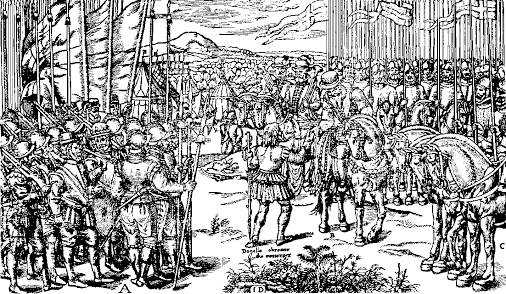Judith Weir's Heroic Strokes of the Bow
This March, the Daily Classical Music Post will introduce you to some of the most wonderful music ever composed—and, yes, it will all be by women composers!
The Scottish composer Judith Weir (born 1954) had some composition lessons with John Tavener as a teenager, and Aaron Copland heard a work of hers performed by a youth orchestra in the 1970s and suggested that she go to Tanglewood. It was not long before she was in demand. Her operas were very well received, and I loved her King Harald's Saga for solo voice in particular.
The Sekretariat für gemeinsame Kulturarbeit in Nordrhein-Westfalen commissioned Weir to write a work for orchestra in the early 1990s. The result was Heroic Strokes of the Bow, a wonderful work that Weir says was inspired by the painting of the same name (Heroische Bogenstriche) by Paul Klee (one of my favourite artists, as it happens). Weir says of this work, "My piece is not principally meant as a depiction of the picture, but rather as a literal response to the title, with its suggestions of excessive physical energy applied to a small piece of wood. Accordingly, energetic violins predominate throughout the piece's 15-minute duration. The first part of the piece builds up a restless momentum; a twittering ensemble of lower woodwinds finally puts the brakes on, leading to a broad, spacious close."
You can see an image of the painting here: https://www.moma.org/collection/works/38349. The description of the painting says, in part, "The title of this late work suggests that the black zigzags refer to the rhythmic strokes of a violin bow."
My classical music post for today is Judith Weir's Heroic Strokes of the Bow.





Comments
Post a Comment